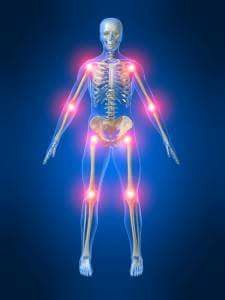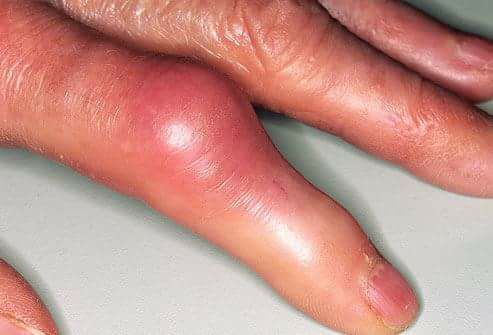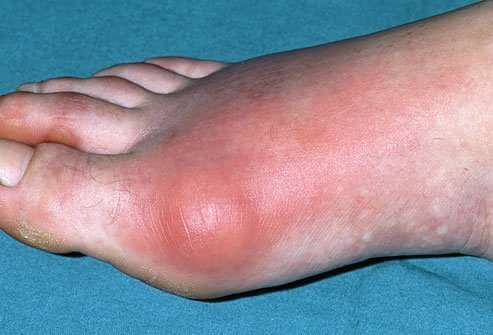Arthritis(Joints Pain)
Arthritis
Arthritis occurs when the joints in the body are inflamed or there is a breakdown of cartilage in the joints. Joints are places in the body where two or more bones meet, such as the hip or knee. Cartilage is the cushion in the joints that protects them from pressure and makes movements smooth. When cartilage breaks down in a joint, the bones rub together.
This causes pain, swelling, and stiffness. The most common type of arthritis is osteoarthritis. With this type of arthritis, the joints wear out over time from the use or as the person ages. Injury to a joint may also lead to this type of arthritis. Osteoarthritis occurs most often in the knees, hips and hands. The joints begin to ache
And thicken. At times, the tissues around the joint become trained and cause more pain.
Arthritis can also occur when the immune system, which normally
Protects the body from infection, attacks the body's tissues. Rheumatoid arthritis is the most common type of this kind of arthritis. It causes inflamed and painful joints and may affect other parts of the body, such as the heart, muscles, blood vessels,
Nerves and eyes.
Signs of arthritis
- joint pain
- joint is not stable or it feels like it will not support you
- joint enlarges or swells
- stiffness, often in the morning
- limited use of joint
- warmth around the joint
- redness of the skin around joint
Other signs may occur with rheumatoid arthritis. If you have any signs that cause you pain or concern, see your doctor.
Tests
Your doctor will talk to you about your health and look at your joints. Your doctor may order blood tests. Uric acid and r. A elisa and x-rays.
Treatment
Treatment of arthritis depends on:
- the cause
- which joints are painful
- the amount of pain
- how arthritis affects your daily activities
- your age
- your work or activity
Your doctor may suggest:
- medicine to control pain and swelling
- physical or occupational therapy
- weight loss
- heating joints with warm water
- oiling on joints
As a part of your treatment, you may need to:
- exercise to improve movement and joint strength. Good choices
Include walking, swimming, bike riding, dancing, strength training
And gentle stretching exercises.
- use hot or cold treatments to control pain and swelling.
- avoid positions or movements that put extra stress on your painful joints.
- avoid staying in a position too long.
Call your doctor right away if:
- you have severe unexplained joint pain.
- the joint is very swollen.
- you suddenly have a hard time moving the joint.
- your skin around the joint is red or hot to the touch.
- you have other signs that concern you.
Talk or come to us if you have any questions or concerns.





+1.svg)
